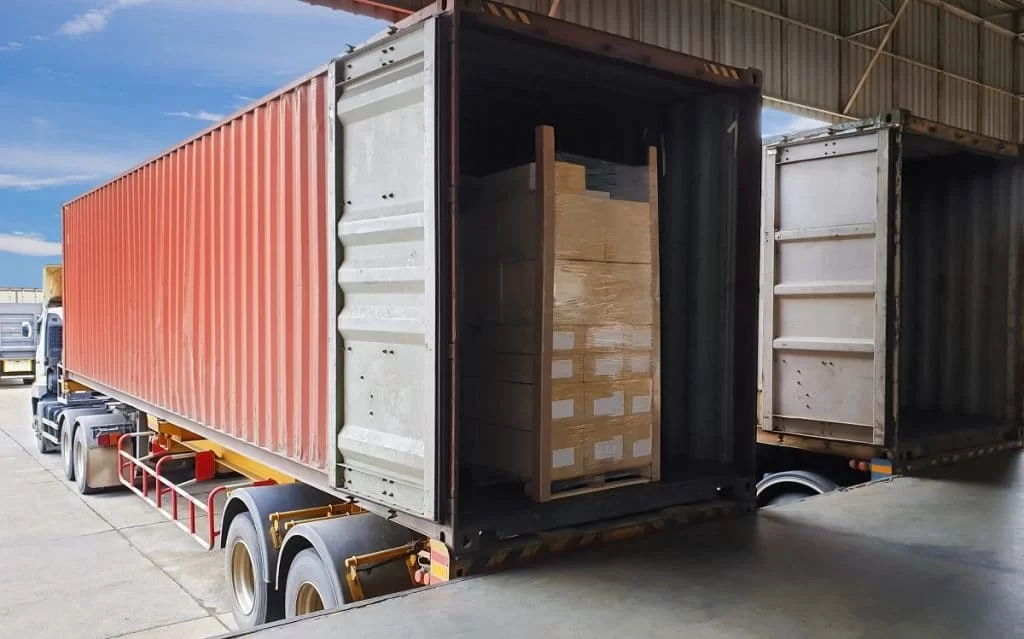Indian supply chains face frequent delays, volatile freight rates, and limited capacity visibility. These variables raise operational risk for companies that rely on timely deliveries. Part truck load services market, valued at about $11 billion, offers a flexible alternative to full-truck contracts by allowing businesses to move goods in shared vehicles. The top companies adopt advanced PTL models to reduce uncertainty and promote stable growth across industries.
Understanding Part-Truck Load Transportation
A transportation service must align cargo volume with vehicle capacity so that goods move cost-effectively and on schedule. Part-Truck Load (PTL) allows shippers to reserve only the space they need, sharing the same truck with compatible consignments from other firms.
Unlike Full-Truck Load (FTL), PTL does not require a single origin–destination run to fill the truck. This structure reduces the entry barrier for small and mid-sized consignments while keeping larger options such as FTL available when volumes justify them.
PTL performs best for small and medium enterprises, e-commerce merchants, seasonal producers, and any business that ships mid-sized loads. By matching freight with capacity in near real time, PTL improves cash flow, cuts inventory dwell time, and gives managers the agility to respond to fluctuating demand.
Key Operational Risks in Traditional Transportation
Many companies still depend on fragmented carrier networks that lack unified planning. 3PL logistics providers often receive bookings for loads that cannot fill a truck, forcing shippers either to delay dispatch or pay for unused space. The result is higher working capital, uncertain delivery promises, and exposure to market swings in spot freight rates.
FTL also demands sizable commitments that do not suit small-load shipping. Empty return trips worsen inefficiency because trucks cover long distances without revenue-earning cargo. Delays at checkpoints, limited tracking, and inconsistent documentation make supply chain timelines unpredictable. Safety and compliance gaps rise when consignments travel through multiple subcontractors whose standards may vary.
How PTL Transportation Mitigates These Risks
- Cost Efficiency with Shared Loads
PTL removes the need to reserve an entire vehicle. Shippers pay only for the portion they occupy, and costs are allocated across multiple consignors. The best firms optimise fleet utilisation through dynamic allocation algorithms that assign the right vehicle to each lane.
- Improved Network Reliability
PTL routes are engineered through multi-point connectivity that links hubs, spokes, and strategic corridors. Flexible cargo combinations minimise the chance of disruption when any single order changes.
- Technology-Enabled Transparency
Shippers monitor consignments through real-time dashboards supported by control-tower analytics. OTP-based locking, electronic proof of delivery, and predictive alerts reduce uncertainty and allow proactive decision-making. Centralised master data removes duplication errors and supports automatic invoicing, which improves audit readiness.
- Safety and Compliance Assured
Modern firms deploy BS-VI-compliant vehicles and train drivers under certified welfare programmes. Preventive maintenance and 24/7 yard support keep breakdown risk low and secure valuable cargo.
- Sustainability as Risk Management
Lower empty mileage cuts greenhouse-gas emissions and aligns shipment profiles with corporate ESG commitments. This sustainable approach shields brands from reputational risk and prepares them for stricter regulatory environments.
A separate express service courier offering is available for time-critical parcels that cannot share capacity. Firms today also deliver fast dedicated lanes under their express services portfolio for industries that need guaranteed transit times.
Operational Planning Tips for Shippers
When moving to a PTL strategy, companies should classify SKUs by demand variability and pallet footprint. Consolidating compatible items in the same shipment window accelerates cross-dock processing and reduces handling damage. Planners need to share accurate weight and dimension data so that routing engines can confirm capacity before vehicle arrival.
Why Businesses Should Choose Mahindra Logistics for PTL
The company serves over 19,000 pin codes that cover the length and breadth of the country. Its infrastructure rests on 16 strategic hubs connected to 260+ terminals. The company also collaborates with over 400 business partners across regions, strengthening reach and reliability for enterprises of every scale.
The organisation’s focus on safety, compliance, and technology-driven visibility builds confidence for stakeholders who manage sensitive or high-value cargo. Its control tower architecture integrates telematics, video surveillance, and geofencing to monitor every stage of transit.
Conclusion
Part-Truck Load transportation lowers operational risk by combining flexible capacity, reliable scheduling, and data-driven oversight. Businesses that partner with Mahindra Logistics gain an agile shipping solution that balances efficiency, safety, and sustainability.

